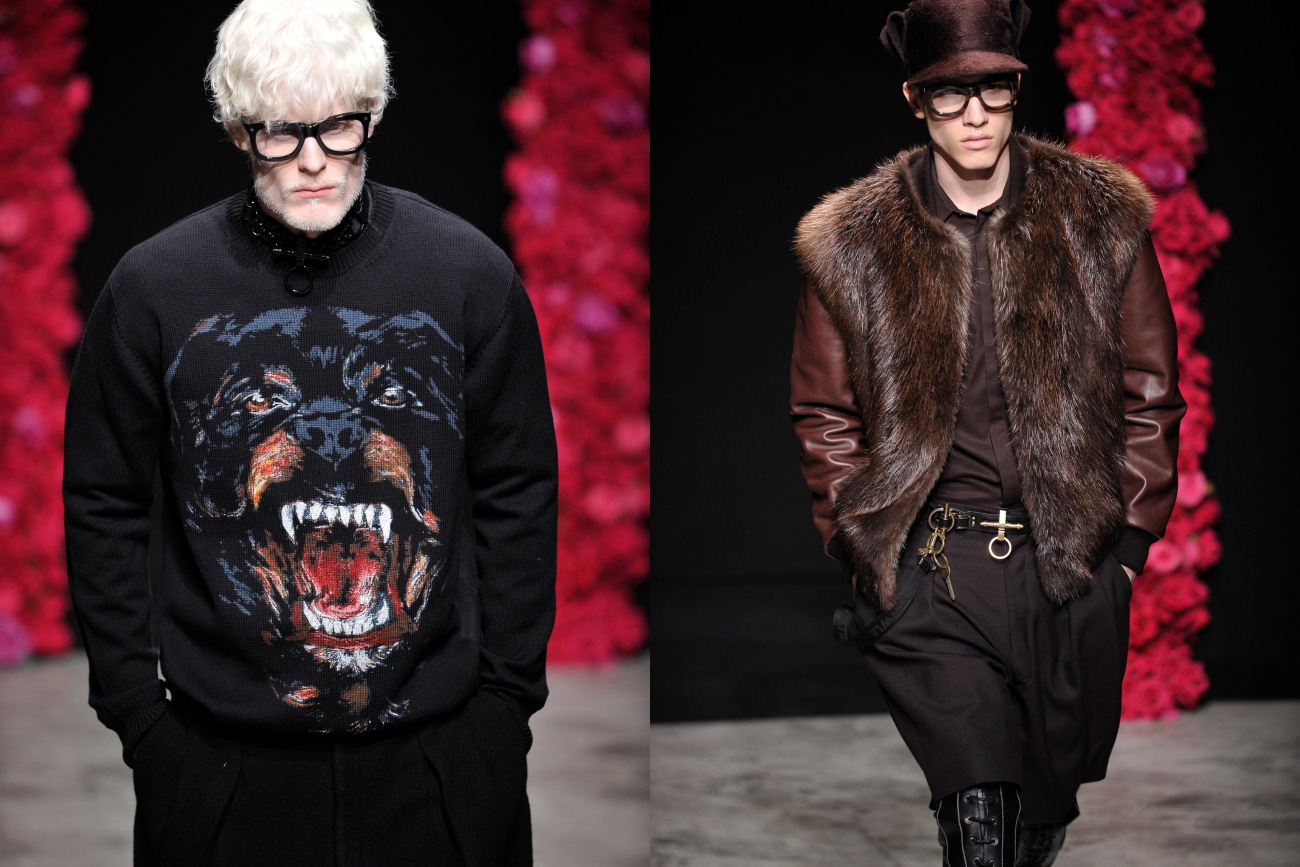When Alber Elbaz first joined Lanvin in 2001, the Paris-based fashion house was a sleeping giant with a rich heritage but little contemporary relevance. Under his stewardship, Lanvin experienced a creative renaissance that set it apart from other luxury fashion brands. Several distinctive elements defined Elbaz’s legacy at Lanvin, including his unmatched approach to design, commitment to craftsmanship, and the transformative way he connected with both celebrities and everyday women.
Reinventing Elegance Through Creativity
Elbaz’s design philosophy incorporated a contemporary view of traditional femininity. He famously stated, “I love women, and I wanted to make them feel beautiful and comfortable.” His designs for Lanvin were distinguished by their flawless draping, opulent fabrics, and striking yet flowing shapes. In contrast to the stiff structures prevalent in the early 2000s, his works celebrated motion, feeling, and allure.
One of his most celebrated collections, the Fall 2008 ready-to-wear, stood out for its innovative use of raw-edged silk and pleated detailing. The collection was hailed by critics for combining Parisian sophistication with a playful irreverence. Elbaz’s mastery lay in making couture-level craftsmanship feel modern and accessible.
Empowering Women With Clothing
Central to Elbaz’s philosophy at Lanvin was the belief that fashion should empower, not intimidate, women. He rejected the notion of “dictatorial” fashion, often stating his goal was to create garments that women wanted to wear, not just admire on a runway. This was evidenced by his penchant for practical details—dresses that could be slipped on without zippers, adjustable ribbons and ties, and fabrics that favored comfort without sacrificing luxury.
His Spring 2011 collection showcased this philosophy by skillfully merging practical utility with elegance, featuring metallic one-shoulder dresses adorned with substantial jewelry. The ensembles were festive yet approachable, and the models exuded self-assurance and comfort, aligning with Elbaz’s aim to clothe “real women.”
Expert Narrative Crafting and Affective Engagement
What set Elbaz apart from many of his peers was his knack for imbuing collections with a rich narrative and profound emotion. His presentations frequently conveyed feelings of happiness, longing, and human connection. Instead of depending purely on grand displays, Elbaz drew his viewers into a gentle, almost personal world. To mark his 10th year at Lanvin, he paraded down the runway alongside seamstresses, highlighting the collaborative effort and skilled craftsmanship involved in every piece of clothing.
This narrative emphasis was also evident in his branding approaches. The now-famous Lanvin campaign, which showcased both professional and non-professional models in cheerful, unposed stances, challenged industry conventions and cultivated a genuine feeling of inclusion.
Advancements in Partnerships and Red Carpet Approaches
Elbaz pioneered a modern approach to collaborations and celebrity relationships. While many fashion houses reserved their most spectacular designs for in-house presentations, Elbaz democratized the idea of high fashion accessibility by collaborating with retailers like H&M in 2010. The resulting collection sold out within hours and introduced the Lanvin aesthetic to a much wider audience, confirming Elbaz’s savvy understanding of evolving consumer landscapes.
Under Elbaz’s direction, Lanvin’s presence on the red carpet saw a significant surge. His creations for actresses like Meryl Streep, Natalie Portman, and Tilda Swinton achieved a blend of elegance and accessibility, frequently selected for their wearability as much as their striking visual effect. Elbaz’s mastery of draping, materials, and accessories produced iconic looks that defined red carpet fashion for an entire era.
Redefining the Position of the Creative Director
Beyond his skills as a designer, Elbaz’s leadership style set new expectations for the role of a creative director in luxury fashion. He was known for his humility, quick wit, and profound empathy, often crediting his team of seamstresses and collaborators for the house’s successes. This collaborative spirit fostered an environment where innovation flourished, and it contributed significantly to Lanvin’s creative output.
Unlike some of the era’s more enigmatic or headline-seeking creative heads, Elbaz appeared relatable and approachable. His signature bow ties and glasses became a symbol of endearing eccentricity, reinforcing both his unique personal brand and the house’s approachable take on luxury.
Enduring Legacy
Alber Elbaz’s period at Lanvin stands as a definitive example in modern fashion due to its effortless fusion of heritage and novelty. His contributions not only breathed new life into Lanvin as an enterprise but also established a fresh paradigm for contemporary sophistication grounded in emotional depth and utility. The fashion industry consistently examines his ranges and managerial approach, highlighting the significant impact a single designer can achieve by valuing empathy, narrative, and genuine rapport over transient fads or business tactics.




